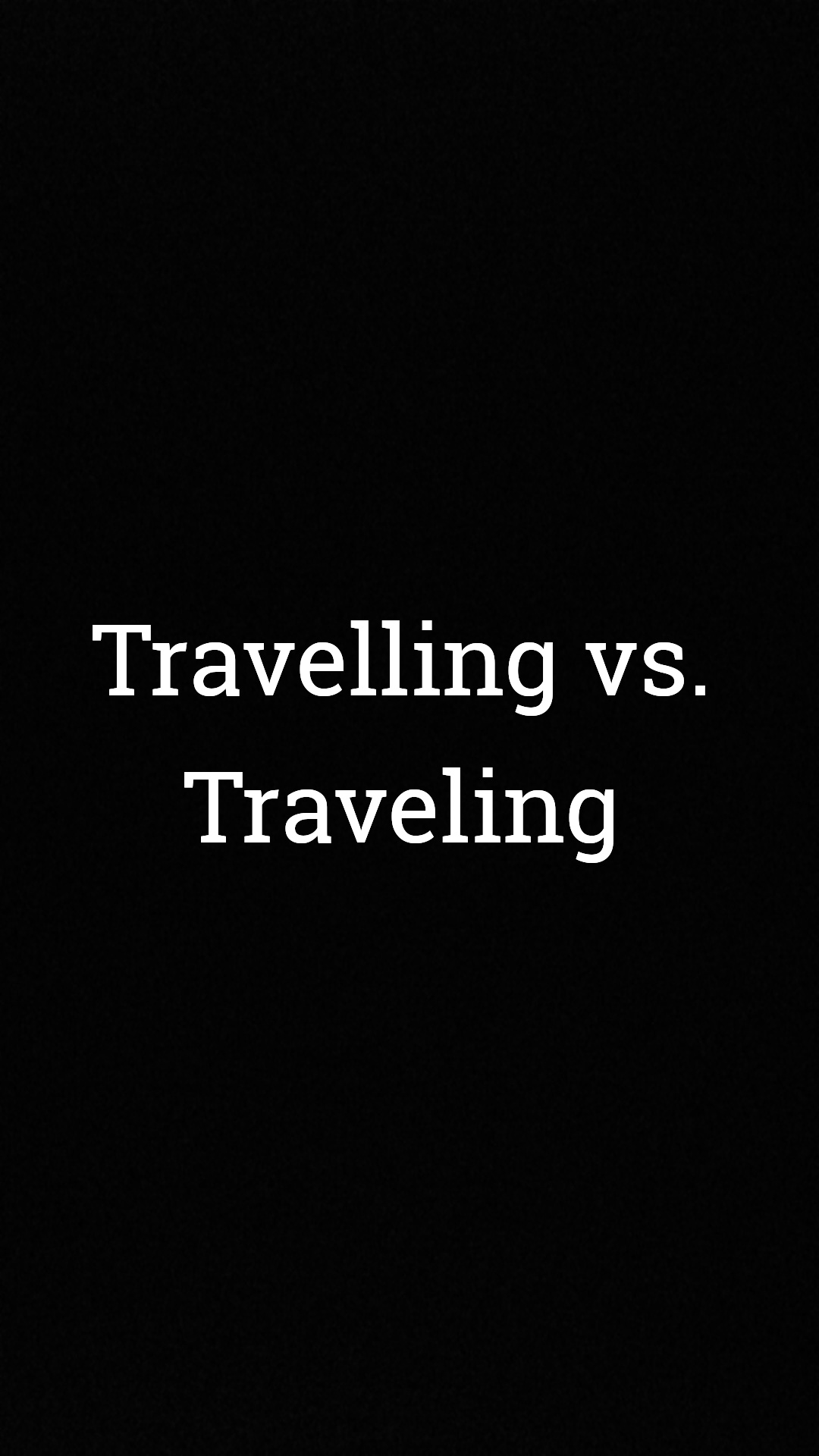The couple from New York had envisioned a serene escape, venturing through the nearby Aeolian Islands and immersing themselves in the crystalline turquoise waters of the Tyrrhenian Sea, far away from the bustling Italian beach hotspots like Capri and the Amalfi Coast.
However, their plans took an unexpected turn when HBO launched the second season of its immensely popular show, primarily set in San Domenico Palace—a luxurious Four Seasons hotel that was once a Dominican monastery—perched atop the cliffs in the town of Taormina. The show’s picturesque Sicilian backdrop propelled the Italian island into one of the most coveted destinations of 2023.
“When we watched the show, we were thrilled, thinking ‘wow, that will be us,'” recounted Judson, a 37-year-old who returned from the island earlier this month. “Little did we know that it would mean an influx of tourists, everyone and their mom, flocking to Sicily this summer. It was still breathtaking, and we had some special moments, but the narrow streets were inundated with noisy and sweaty visitors. It made it challenging to experience the authentic Italian charm.”
Sicily is not the only European locale experiencing a surge in tourists ahead of the peak summer season in July and August. After three years of pandemic restrictions, travelers are pouring into Europe in unprecedented numbers, undeterred by high airfares, limited accommodation options, scorching temperatures, and crowded attractions.
According to Hopper’s “Summer Travel to Europe” report, Europe is the most popular destination this year among American travelers. The demand has already exceeded 2019 levels, with soaring hotel prices and the highest airfares in five years. London, Paris, Rome, Lisbon, and Athens rank among the most frequently booked cities on the Hopper travel app. Even Palermo, the Sicilian city featured in “The White Lotus,” is emerging as a trending destination.
“We have a lot of lost time to make up for,” declared Elizabeth Hughes, a 44-year-old occupational therapist from Chicago, who meticulously compiled a scrapbook of European destinations she aspired to visit during the height of the pandemic. She is currently in London, embarking on a four-week itinerary spanning eight countries, including France, Italy, and Greece. “I had to sell my car to make this happen, but if I’m traveling this far, I want to see it all,” she emphasized.
The demand for travel has been so overwhelming that numerous travel advisors have been forced to turn away clients seeking to book vacations in popular European destinations during July and August due to the scarcity of availability.
“Just two weeks ago, I received a last-minute request for a trip to Greece, and I reached out to my suppliers in hopes of finding a way to accommodate them. Unfortunately, there was nothing available, so I had to regrettably decline the business,” shared Abby Lagman, founder of the Blissful Travel Co., a travel agency based in the United States.
Lagman has been advising her clients who wish to visit popular European hotspots to consider postponing their trips until the fall when there is greater availability and fewer crowds.
It’s not just international tourists fueling the spring and early summer travel resurgence. A survey conducted by the European Travel Commission reveals that most Europeans are planning to travel before August—the busiest vacation month—to stay ahead of rising travel costs and extreme weather conditions. Attractions like the Louvre in Paris and the Vatican in Rome are already teeming with visitors, enduring hour-long queues for entry. Online booking platforms indicate that many hotels are already fully booked, while cafes and restaurants in popular cities are overflowing.
Italy experienced an estimated 8.6 percent increase in foreign visitors arriving by plane in June compared to the same period in 2019—a year that witnessed record-breaking tourism figures—with Americans comprising the largest nationality among international visitors, according to the country’s Ministry of Tourism. Italians themselves, celebrating a series of national holidays in recent months, account for half of the country’s tourists.
Stephanie Geddie, a 36-year-old nurse from Tulsa, Oklahoma, visited Italy with her husband during the shoulder season in late April, hoping to avoid the summer crowds. However, Florence and Rome proved to be even more packed than during the summer of 2008 when Geddie studied in Italy.
While she anticipated crowds at the Colosseum, she took precautions and prebooked to avoid waiting in line. Yet, once inside, they struggled to navigate through the shoulder-to-shoulder throngs of people. “It felt like swimming in a sea of humanity, and every picture we took had 75 strangers in it,” she lamented. “It was a bit disheartening.”
Venice, renowned for attracting large volumes of tourists year-round, is now experiencing even greater levels of crowding, according to local industry insiders. Notably, areas outside the usual tourism hotspots, such as St. Mark’s Square, are now also inundated with visitors.
The Croatian city of Dubrovnik, known for its white ramparts famously featured as King’s Landing in the HBO series “Game of Thrones,” is another destination grappling with overtourism. In the first five months of 2023, it witnessed a 46 percent increase in arrivals compared to the same period the previous year, overtaking Venice as Europe’s most “over-touristed” city, according to a report by Holidu, an online vacation home rental agency.
Marija Grazio, a 58-year-old pianist and occasional tour guide who resides next to Dubrovnik’s old city walls, near St. Blaise’s Church—an immensely popular tourist area—expressed the challenges brought by excessive tourism. She recalled an incident two years ago when her mother fell ill, and emergency services struggled to reach her apartment.
The coastal city of Split and its surroundings in Croatia have also witnessed an influx of tourists, particularly partygoers known for their youthful exuberance and occasional recklessness. This resurgence has revived the ongoing struggle faced by Croatia’s southern Dalmatian coast.
Recent headlines highlight various transgressions against local life, ranging from climbing public monuments to intoxicated visitors stumbling along cobblestone streets and engaging in public urination. In response, Split’s City Council has introduced a series of fines. Disorderly behavior such as drinking near schools, climbing monuments, bathing in fountains, defecating, and sleeping in public areas now incur a 300-euro fine (approximately $327). Vomiting on public surfaces results in a fine half that amount.
Nevertheless, despite the challenges that overcrowding and unruly behavior pose to local communities, many people across Europe are delighted and relieved to have tourists back.
“The city felt lifeless and depressing without tourists; the energy was completely off,” expressed Melissa Cruz, a bag designer and tour guide in Lisbon. “I have never seen the streets as vibrant as they are now—the city is truly alive.”
While some tourists may be taken aback or frustrated by the crowds, particularly those who attempted to avoid them by traveling during the spring or early summer, others are grateful for the opportunity to travel again, regardless of the throngs of visitors.
“When you visit London, you have to expect crowds at the Tate, the British Museum, or the London Eye,” pointed out Hughes, the occupational therapist from Chicago, referring to some of the city’s main attractions. “But there are also countless opportunities to discover lesser-known places. It’s a vast city, and you just need to allocate some time to explore.”




